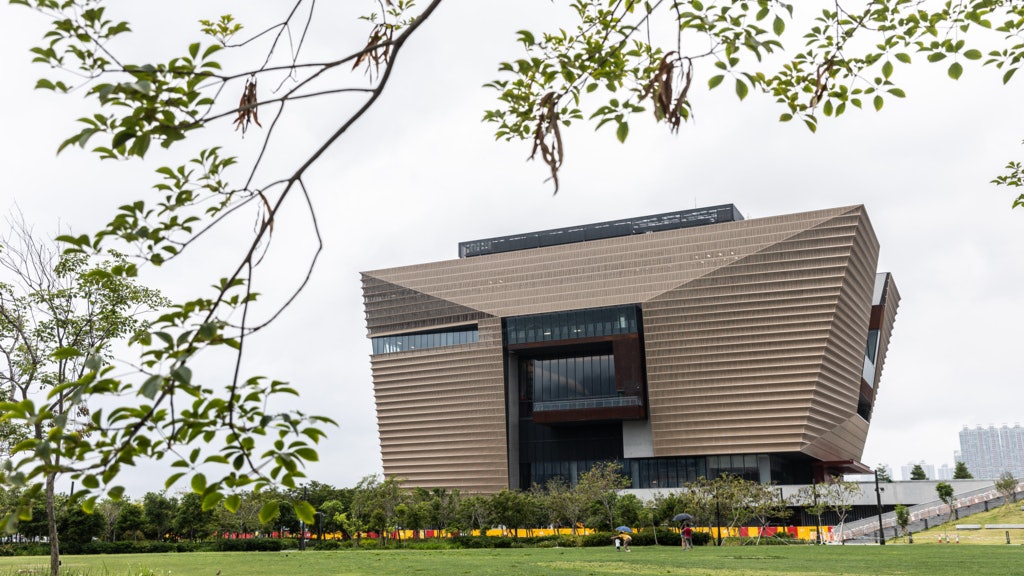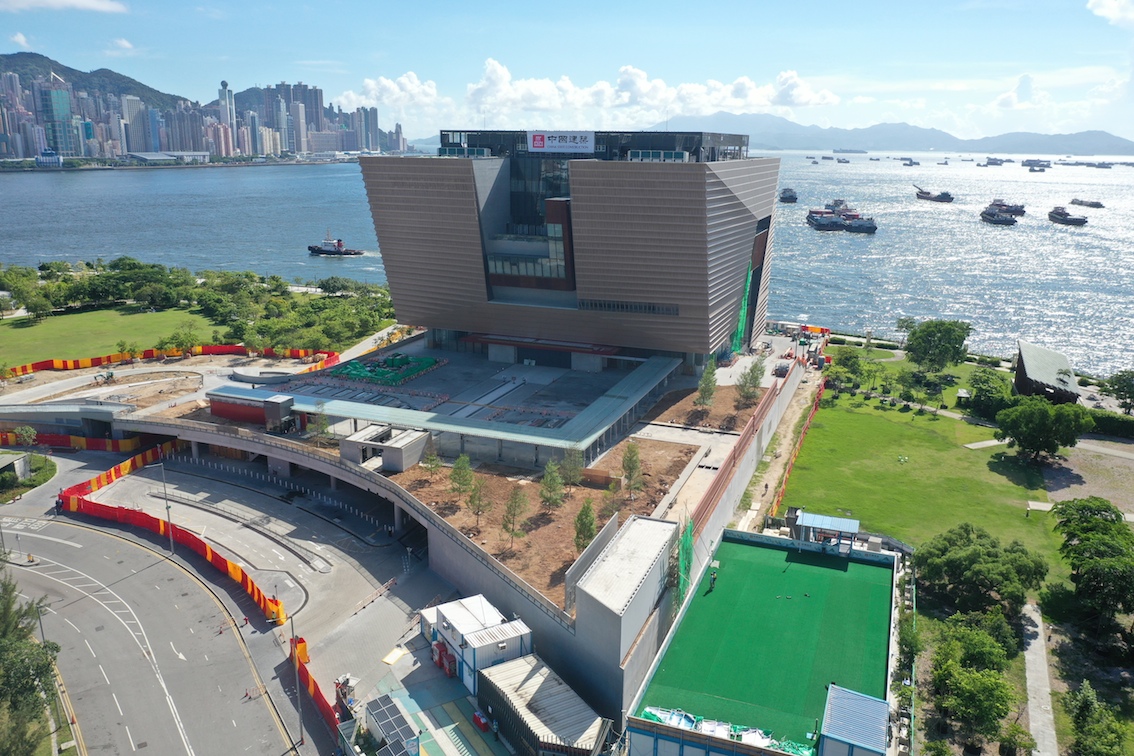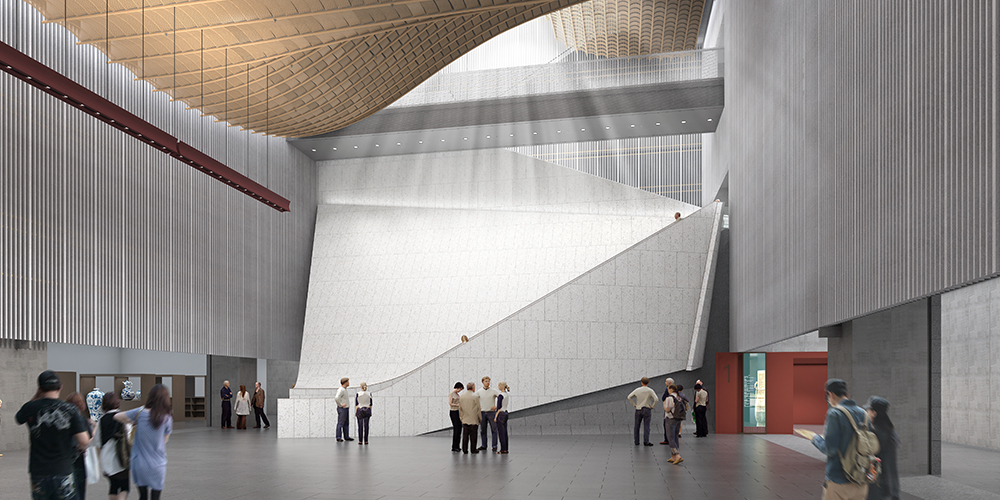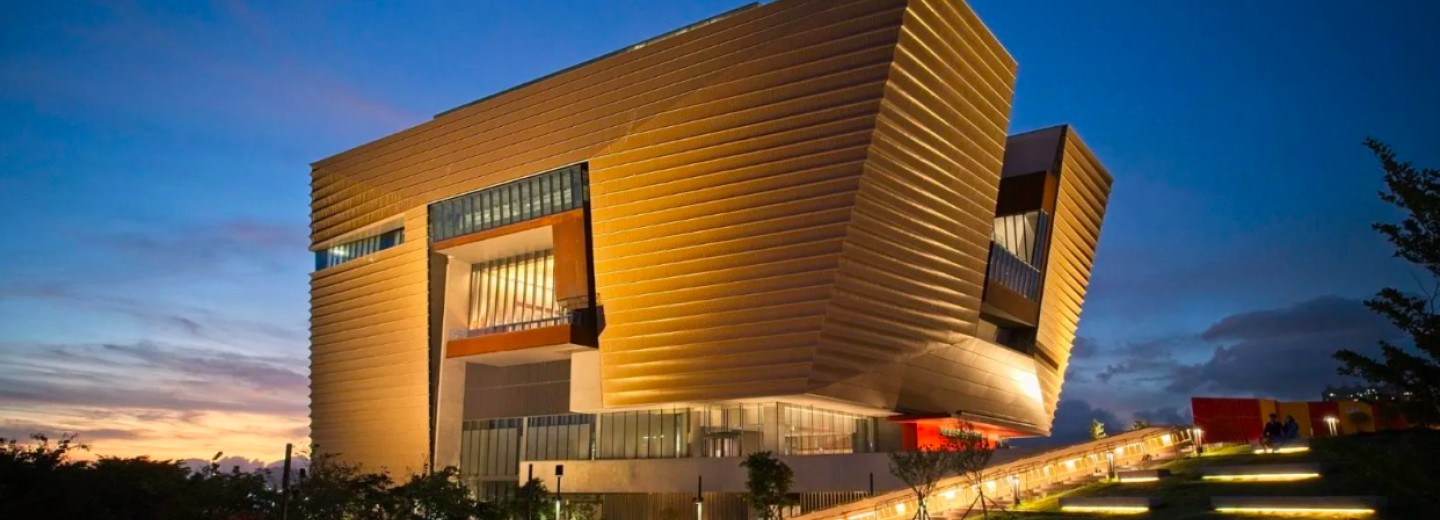China News 18th July 2022
A new museum has opened in Hong Kong and attracted interest and many visitors. But not everyone approves.
Architects are sometimes passive. The owner is the true architect. The owner decides the design direction and positioning because it is the owner who pays. So, what are the characteristics of the Hong Kong government as an owner? Since its return to China, Hong Kong has entered ‘one country, two systems’. We thought that Hong Kong culture would return, but in fact, the Hong Kong government seemed to suffer from a Chinese cultural phobia and has resisted things related to Chinese culture. The most obvious example is that the design of the Forbidden City Cultural Museum in Hong Kong in West Kowloon is Westernized, and Chinese feng shui (an ancient Chinese practice that aims to harmonise people with the environment) is not considered at all.

The design of the Hong Kong Palace Museum is Western style. The most important thing is that the Hong Kong government allowed architects to create like this. The architectural design of the ‘palace’ in Hong Kong is handled in an asymmetrical way. All space entrances and exits are positioned to the left or right, which is completely contrary to the concept of the central axis of the Forbidden City.
Public buildings must have a concept of feng shui.
Fengshui is not superstition, but contains different types of knowledge, some of which are related to basic environmental science, such as wind direction, water flow, where are the mountains? Where is the ground? How about the geology? There are also some metaphysics, which are the knowledge accumulated in China for thousands of years, which cannot be affirmed or denied by Western scientific standards. Fengshui is closely related to architecture. Hong Kong government buildings (such as early police stations) during the colonial period also considered feng shui elements.
The spirit of Chinese architecture evolved from feng shui. The design of the original Forbidden City is also based on the concept and layout of feng shui. The characteristic of Chinese architectural space is the pursuit of space, not the creation of external landmark buildings. Landmark buildings rarely appear in China, because Chinese architectural space seeks "the unity of heaven and man". They Introduce the sky into the space through a courtyard. Therefore, China's space is to create a space for heaven and man, not a space for people like the West. For example, the architectural concept of many cathedrals in the West is the opposite of Chinese architectural concepts.

The spirit of feng shui is consistent. Any Chinese building should have a main entrance and a right pathway according to the rules. The Palace Museum of Hong Kong lacks this concept. The headquarters of the Hong Kong SAR government, headed by the same architect, also has many different characteristics. It does not have a front door, which seems to reflect the characteristics of the Hong Kong government.
Since the opening of the Government Headquarters, Hong Kong experienced riots in 2019. The HQ is not designed from the perspective of feng shui and safety. Is this an architect's design mistake, or is the Hong Kong government, as the owner, not studying this basic security and feng shui concepts well? For example, there is no main door at Government Headquarters. The government said, "The door is always open". What happened? You can see that there are many weaknesses in security in the Government Headquarters, and there are many entrances to the building in the parking lot. The rioters’ break-in in 2019 shows that the building is easy to attack and difficult to defend.
The design of the Hong Kong Palace Museum adheres to the design style of the Government Headquarters. There are two huge atriums in the Hong Kong Palace Museum. These two huge atriums have greatly reduced the area of the exhibition space. The exhibition space is very small. From a functional point of view, why does the owner not use these two huge atrium spaces? Why are there some vertical iron gates in it like a prison? Do these conform to the aesthetics of the Forbidden City?

So, I'm not accusing the architect. I'm just explaining that the Hong Kong government, as the owner, chose the design. But did it undergo a detailed analysis and discussion? Does the philosophy behind the design of the Palace Museum meet the standards of the real Forbidden City? Obviously, the Hong Kong government has not done a serious and professional academic analysis, which is irresponsible, dishonest, and improper.
The exhibits of the Hong Kong Palace Museum may have ornamental value, but the architectural design comes from the West.
Source: hk01.com.
Worked on the article:

Wanlikhang





